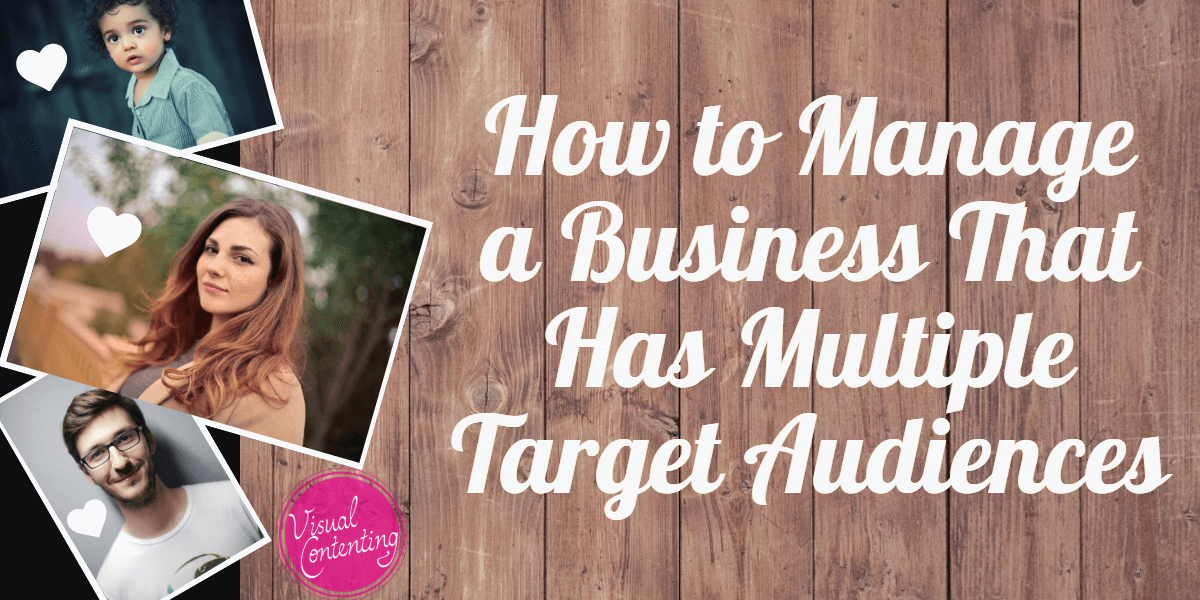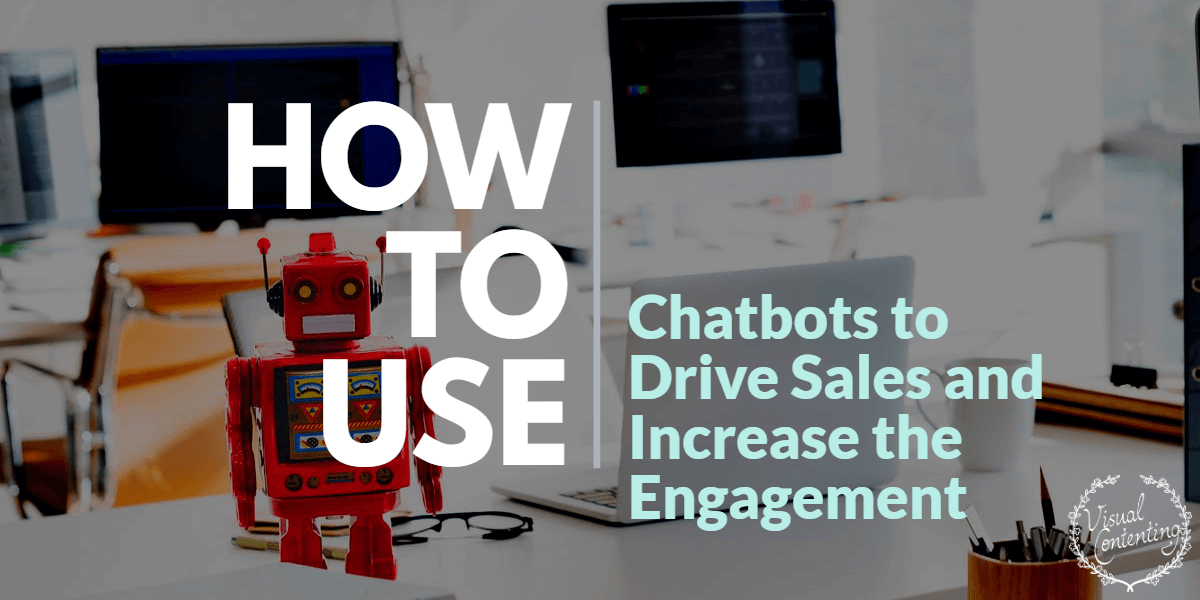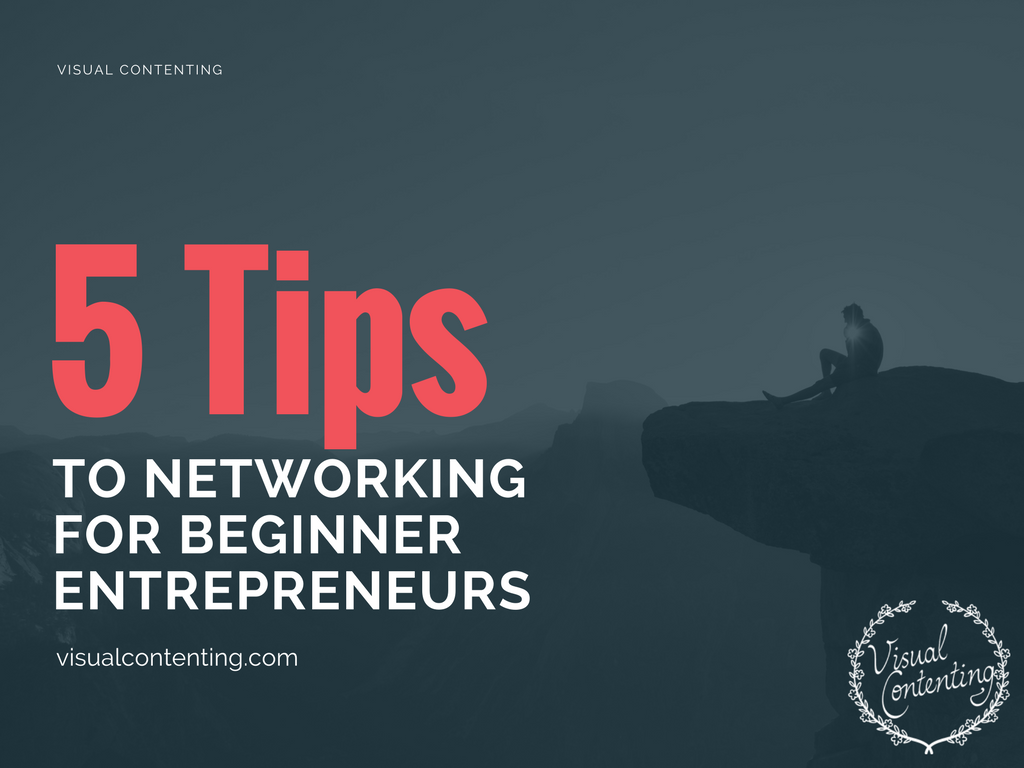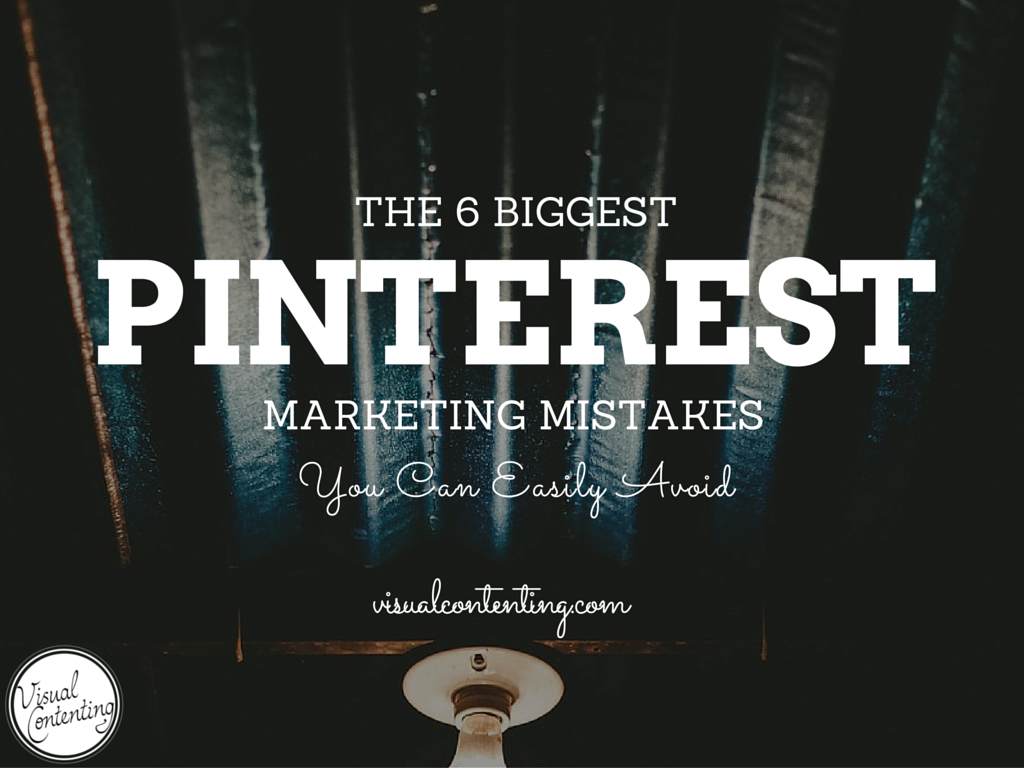Figuring out your target audience is a vital part of marketing to current and potential customers. Figuring out your brand positioning takes time and research. However, you may need to develop multiple positions for multiple products or just different approaches for the same product.
Knowing who your target audiences are drives what you put on your landing page. About 68 percent of business-to-business companies use landing pages targeted to a specific audience to drive lead growth. However, you can't just throw up a single landing page and expect it to work for every buyer persona on your list.
Having multiple target audiences creates some challenges, but also opens the door to gaining customers across a variety of markets, driving business growth even during lean times. Managing a business with multiple target audiences requires some juggling. Here are seven things to focus on in your cross-channel marketing efforts:
1. Define Buyer Personas
Your first step in managing a multiple target audience business is developing a unique buyer persona for each audience type. Let's say you sell pet insurance. Your audience is broad - anyone who owns a pet. However, not everyone who owns a pet will need pet insurance. You do internal analysis and market analysis and realize your two main audiences are millennials who own pets and are on limited budgets and married women between 28 and 35 who own pets and are trying to raise families.
From that information, you can develop two distinct buyer personas. You then filter your landing pages, marketing campaigns and promotions through the lens of those personas.
2. Find a Connection
Once you have your target audiences and buyer personas defined, figure out what each audience has in common with the other. For example, millennials and married women may live very different lifestyles, but they both own pets and both are on limited budgets. Your connection for these two groups is worries about significant expenses for vet bills.
Once you find the connection, it's easier to come up with marketing campaigns, which address concerns from both groups. You'll still want to customize landing pages and create ads targeting specific audience groups, but you'll also be able to figure out the pain points each group shares and address the concerns all your customers have.
3. Cross-Sell Effectively
Cross-selling or upselling is the practice of offering complementary items to the main thing the shopper comes to your store or site to purchase. One method of cross-selling is simply offering items which complement the main item. Going back to the pet insurance example, if a visitor lands on your site looking for pet insurance, you might also upsell accessories such as a DNA testing kit to better track health issues based on breed or a canine dental care kit for good oral hygiene.
4. Study Your Competition
Your competitors very likely have the same target audiences you have. Spend time studying your competition's marketing strategies. Look at their social media posts, the landing pages on their website and use tools such as SEMRush and Keywords Everywhere to figure out how they drive traffic to their site. Pay attention to the ways they engage with customers. The more you know about your competition, the better you can adapt to become even better than they are.
Never copy what your competitors do, but use their ideas as a springboard to fill in holes where they aren't adequately serving the target audience or to figure out what makes your company unique and helps you stand out from the pack.
5. Know Where Your Audience Hangs Out
Every audience is a bit different, so study where your target audiences hang out and create personalized campaigns for each audience. For example, 59 percent of American Instagram users are under the age of 30, and 72 percent of teens use the platform every single day. If part of your target demographic is millennials and Gen Z, Instagram marketing is a must.
In addition to understanding where your buyer personas hang out online, think about real-life scenarios. In the example of pet insurance, you might work on events with local veterinarians and animal shelters to help get the word out. For example, some shelters offer inexpensive shot and spay clinics. Set up a booth and reach out to those who might be interested in your offer.
6. Grade Your Audiences
Even though you might have several target audiences, you should choose one as your primary audience. Your main buyer persona is the audience that you sell most frequently too and where you have room for additional growth. Experts often call this your A-Audience, and everything you do on your site and in your marketing focuses on your A-Audience.
Consider your primary audience first and then add in details for your other audiences as your budget and time permits. You'll still create content for your different audiences and personalize it to each one, but 70 percent of your content will speak directly to your main buyers.
7. Add Secondary Calls to Action (CTAs)
When you create a CTA, create it with your A-Audience in mind. Then, add in secondary calls to action, so you don't miss out on those other audience members as leads. For your primary CTA, add the wording within your CTA button. Then, under that, offer a second option for another audience. So, you might use a CTA such as "Sign Up Now for Your Free Estimate" and under that you'd add some text that reads "Worried about the costs? Check out our cost comparison chart."
Consider the pain points of each of the two audiences and craft your wording to speak to the needs of each group.
Reaching Multiple Audiences
Marketing to more than one target audience requires both using dual levels of wording on landing pages and ads and also creating multiple advertising campaigns aimed at each specific buyer persona. Creating A, B and C Audience levels may require a bit more planning and work, but also expands your potential customer base and grows your business over time.
Related Posts
Lexie is a designer and typography enthusiast. She enjoys writing HTML code and creating new styles guides. In her spare time, she works on her design blog, Design Roast.






